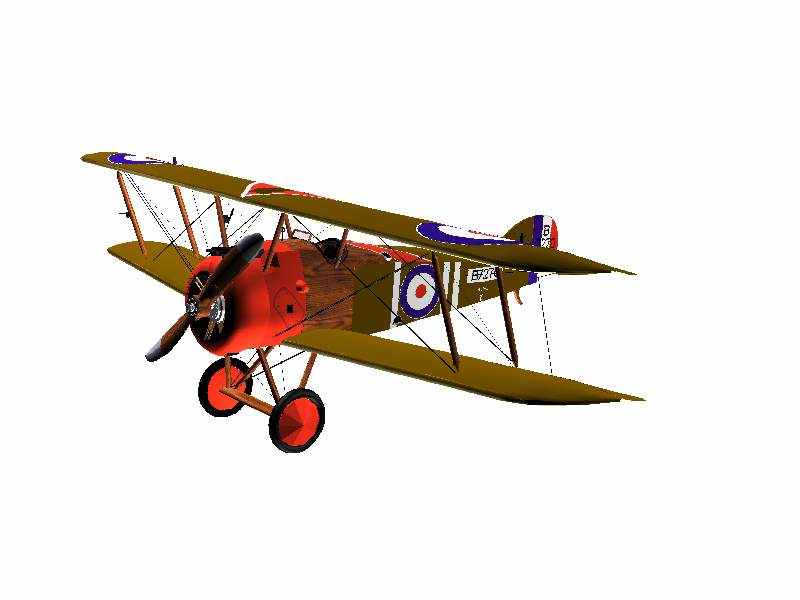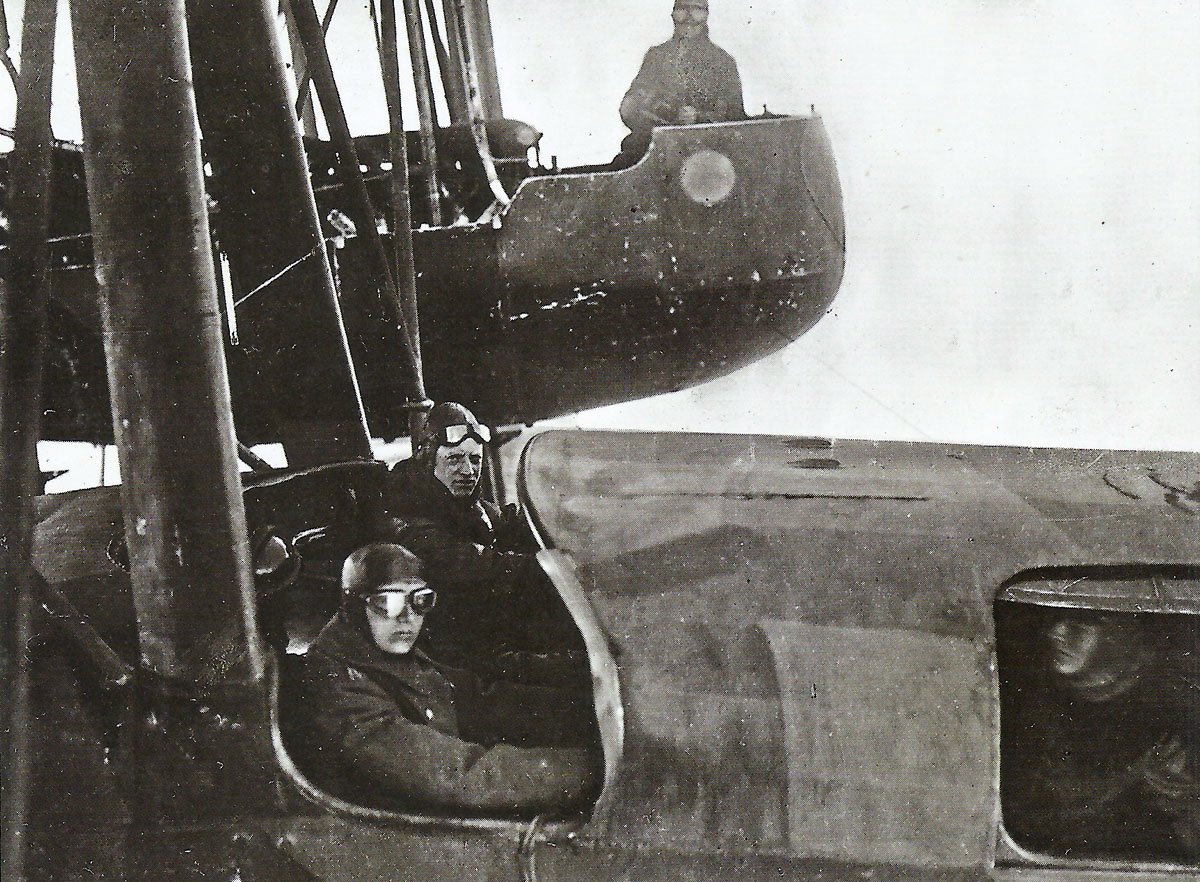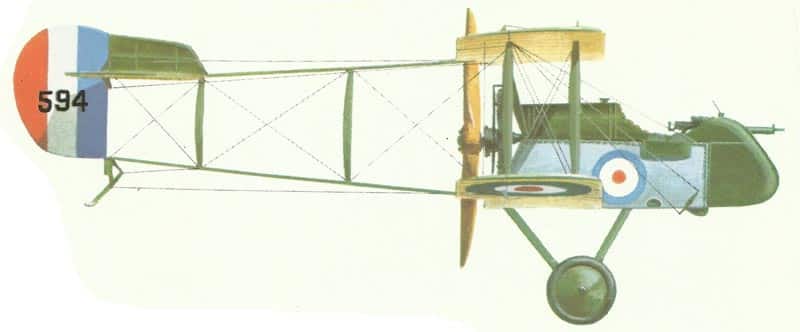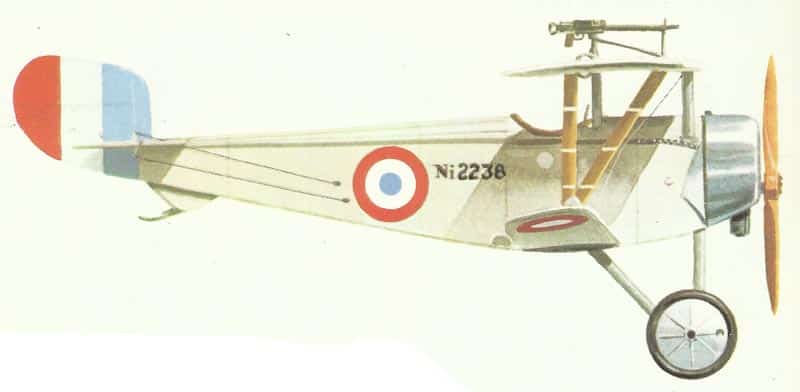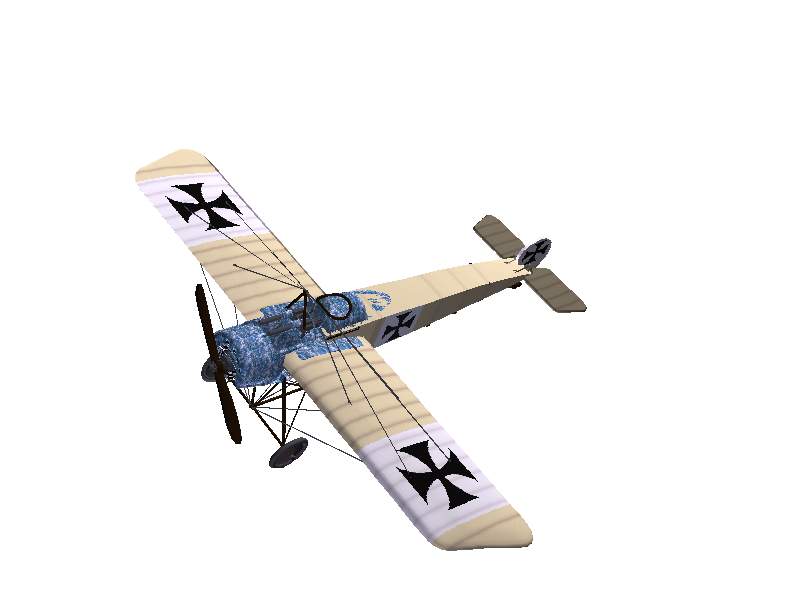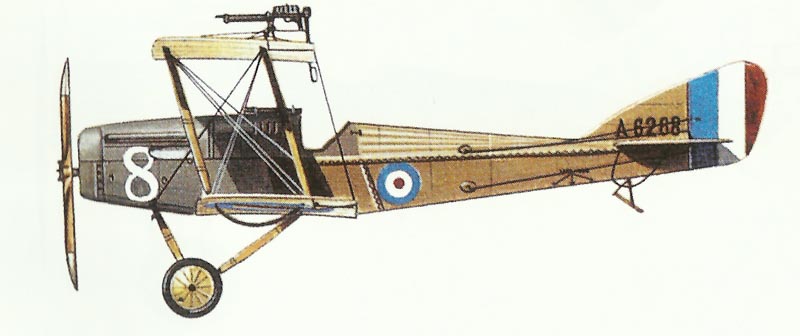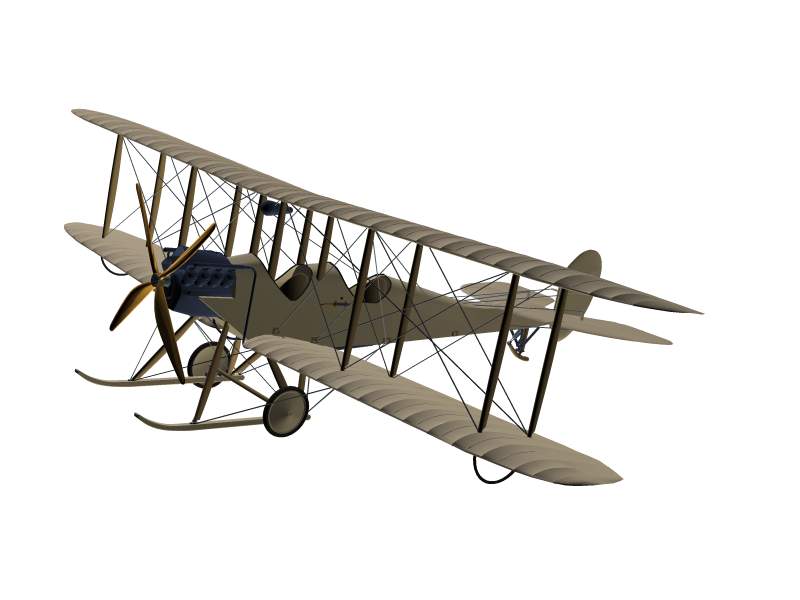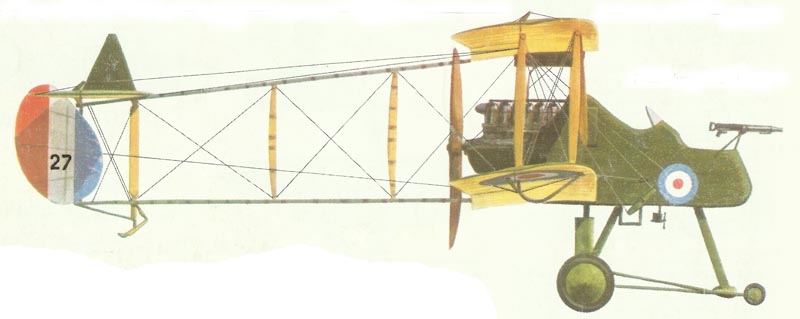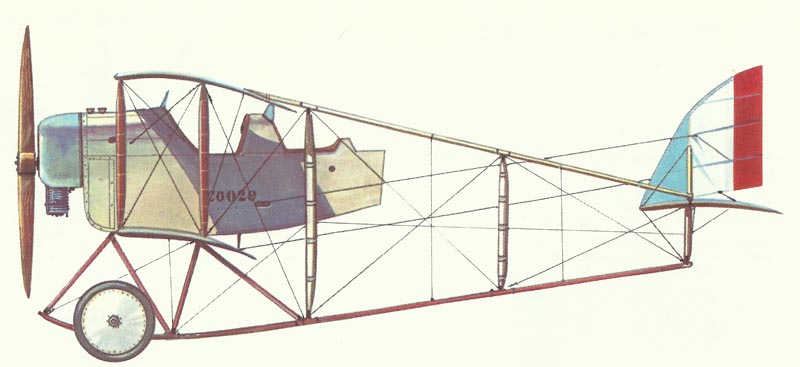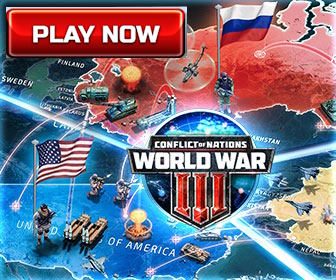Aircraft of World War One 1914-18
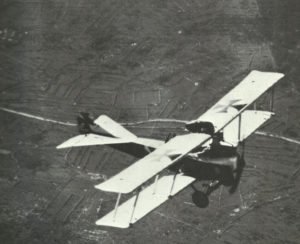
Nevertheless, there was considerable resistance to the introduction of airplanes by the military before the beginning of the war. The military aviation was still in the infancy in 1914 and many of the responsible generals doubted about their value.
There were also comparatively few airplanes existing in 1914. The air forces of the leading nations had only recently been established and older generals had little idea of what they were to be used for.
Traditionally, the cavalry was regarded as the eye of the army, but the first aircraft had already proved their worth in the reconnaissance role.
Thus, shortly after the outbreak of World War One, a German Taube monoplane already played an important role during the Battle of Tannenberg on the Eastern Front in August 1914, when it watched the Russian troop movements.
Such aircraft were quickly becoming indispensable, especially after the start of the trench war, what the cavalry along the Western Front condemned to immobility.
After that, reconnaissance aircraft were deemed to be so important that special fighter aircraft were developed to shoot them down or protect them.
The aircraft also became more and more advanced. After the reports of the first reconnaissance planes were handed over by the crew, or when handwritten messages were thrown down with weights, there came soon immediate messages by built-in, smaller radios and photo cameras for the picturing of the enemy positions and lines of communications.
Later models had built-in cameras in the fuselage and were freed from any superfluous weight – even armament – to fly higher and faster.
Soon aircraft were omnipresent on every front, and more than half of the 80 kills of the Red Baron Manfred von Richthofen were reconnaissance aircraft.
The first aircraft were not more than so much as possible stable aircraft platforms, and they did not have to be particularly fast or maneuverable, since there were very few dangers in the sky.
Only the more and more armed airplanes from the end of 1914 and the specially developed fighter aircraft ended these ‘peaceful’ times over the ground battlefields.
At the same time, the larger aircraft, especially the original reconnaissance aircraft, were able to attack enemy troops or even entire cities with the first bombs.


